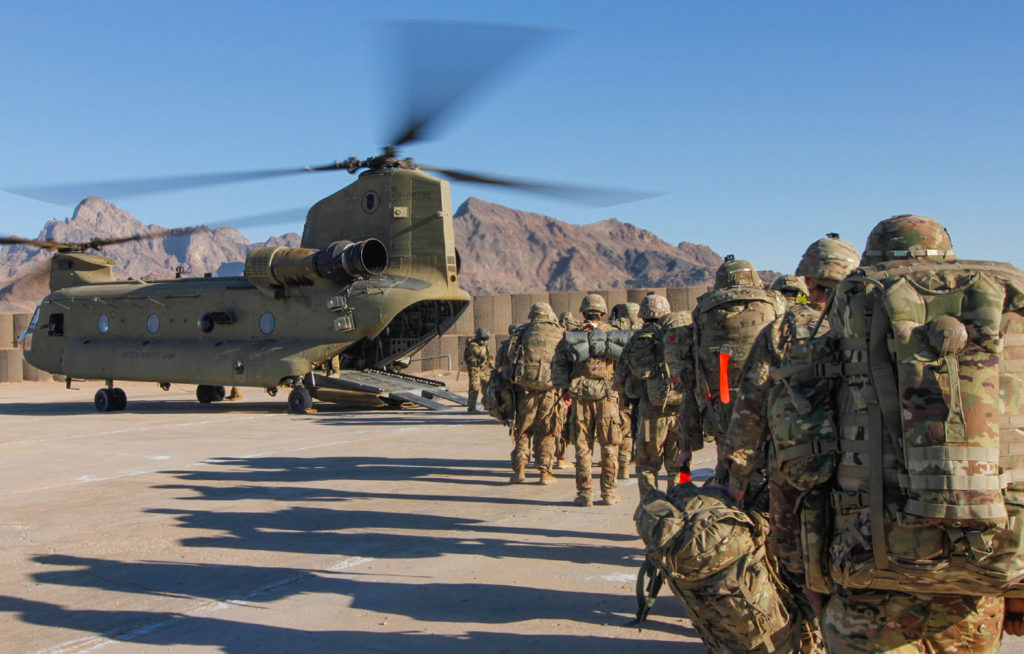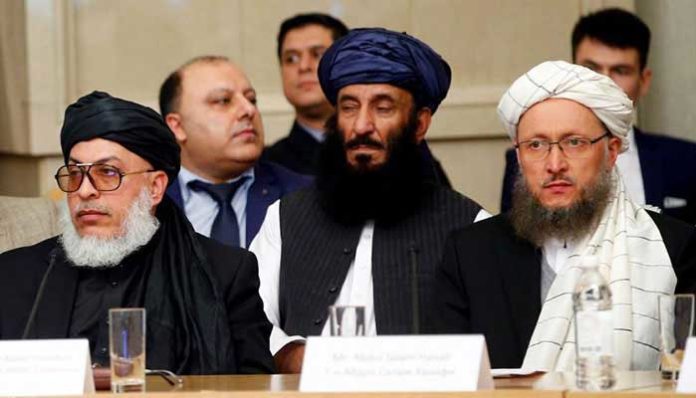On 29 February 2020, the United States and the Taliban signed an agreement in Doha, Qatar, it is wrongly called a peace agreement. It is not a peace agreement but outlining a set of rules that highlight gradual U.S withdrawal and simultaneous Taliban political ascendency in Afghanistan. Both sides reached at the crossroad in 2020 after a two decade journey. They did not start the journey with this end in mind but found themselves at this junction. It is reminiscent of another conflict forty years ago in Vietnam. Taliban may not know Ho Chi Minh, but their military policy was what he had said, “You will kill ten of our men, and we will kill one of yours, and in the end it will be you who tires of it”. On the American part, the goal posts kept changing over the last two decades with little clarity. This sowed confusion among troops fighting in Afghanistan. Lieutenant William Calley at his court martial for the My Lai massacre in Vietnam in 1971 said that, “There was never any word as to who the enemy was”. In 2020, U.S troops were asking the same question as it was not a conventional war.
This process started in 2018 when President Donald Trump announced his decision to withdraw U.S troops from Afghanistan. He appointed Zalmay Khalilzad as the special envoy to negotiate with Taliban about American troop draw down before the November 2020 US presidential election.
Both sides had a very narrow set of agenda to develop minimum consensus to achieve their respective aims. Khalilzad’s main objective was to fulfill his principal’s desire of American troop withdrawal before 2020 re-election. He compromised on many earlier American conditions for negotiations with Taliban. The key elements were no public direct face to face talk between Americans and Taliban, cessation of hostilities by Taliban and negotiations between Afghan government and Taliban for intra-Afghan dialogue. Over eighteen months period, Khalilzad held several rounds of talks with Taliban delegation in Qatar ceding ground at each stage. The only two elements agreed upon were verbal assurance from Taliban that they would not allow any anti-US group to operate in the areas under their control and stop attacking foreign troops. In return, U.S. would withdraw its troops from Afghanistan; a decision already made by the White House.
The Taliban has correctly calculated that the new U.S. administration had already made the decision to withdraw therefore they need not to compromise too much. Taliban shrewdly calculated that use of Daesh card may strengthen their hand in the negotiations. In eastern Afghanistan near Afghanistan-Pakistan border, Daesh has found a refuge where Afghan, Pakistani and other foreign fighters are fighting everyone that comes in their way. Taliban launched several local offensives to thin Daesh ranks. There was likely coordinated effort with U.S. where intelligence was shared with Taliban and air assets were used to help Taliban offensive against Daesh. This was the replication of the model used against Daesh in Iraq and Syria where U.S. provided intelligence and air assets and Iranian backed militias fought on the ground. This proved to be a very important factor as Khalilzad could present this evidence as genuine desire of the Taliban to get rid of extremists. This helped him to push back against U.S. intelligence and diplomatic community. This whole show was run only by Khalilzad with full backing of President Trump. There was no buy in from the Pentagon, intelligence agencies or the State Department.

Taliban’s objective was to gain international legitimacy that could only be achieved by direct public engagement with United States. No other platform could give them this kind of international acceptance and legitimacy. In addition, once a deal was made with the United States all international personal and financial restrictions would be removed by the United States. They could then claim victory that they have been accepted as legitimate power center by their main adversary and that they have forced foreign troop withdrawal.
The U.S Taliban agreement is not bound by any other condition including the outcome of intra-Afghan peace dialogue. This also gives Taliban a leverage as in their negotiations with the Afghan government, they will ask U.S to pressurize Afghan government for concessions. There are many classified annexes to this agreement shared only with some U.S lawmakers. In view of Taliban’s commitment not to attack foreign troops, it is certain that the U.S. has shared location of its security assets with Taliban. In the last four weeks since signing of the deal, both parties are honoring their side of the bargain.
The third important player is the Afghan government that is in complete disarray. The simultaneous swearing in of two presidents of the country in the same building was a cruel joke on the Afghan people. This single act caused disappointment among Afghan population and severely weakened government’s hand. Majority of Afghans are not sympathetic to the Taliban and now are especially angry that the Taliban have stopped attacking foreign troops but are killing fellow Afghans with impunity. However, the disarray in government ranks is not giving them any hope. In an unprecedented move, when U.S. has stopped all diplomatic travel due to Corona virus pandemic, Secretary of State of Mike Pompeo flew to Kabul to read the riot act to Ashraf Ghani and Abdullah Abdullah. U.S government anger was expressed by public scolding of two Afghan rivals and announcement of cutting of aid. To further humiliate them, Pompeo stopped over in Doha to have the first face to face meeting with Taliban delegation.
All conflicts have receded into the background in view of the global Corona virus pandemic and Afghanistan is no exception. Once the dust settles, the new global order may not be the same and may spur new movements. It will not be different than what the world saw after First and Second World Wars. We may see a dramatic shift in military, diplomatic and economic postures at global levels. Societies will question their own governments regarding expenditures to contain real and imagined enemies. Devastation of American and European economies will force dramatic change in foreign policy. Even if they can do it, governments will not be able to sell these policies to their own public.
Afghanistan will not be a priority in the next two years even if a new administration takes charge in Washington in January 2021. If U.S. troop withdrawal schedule is kept then only limited air, intelligence and diplomatic assets will be kept in the country. These assets will need protection and it will be tempting if President Trump is re-elected to use private security firms for this task. The country will receive limited financial assistance to support key sectors of the Afghan economy. If the Taliban try their luck by overrunning large population centers then back up plan is the de facto dividing line of Hindukush. The Taliban can try to control the south and east while anti Taliban groups can be organized in the north. This quarantine effort will have buy in from other regional countries as well as many segments of Afghan society.
The only ray of hope is the Afghan society that has seen a dramatic change in the last two decades. All ethnic groups are tired of war and want this nightmare to end. However, they yearn for peace but don’t have the instruments to implement their wishes. The old dictum is that “Power lies in the hands of those who control the means of violence. It lies in the barrel of a gun, fired or silent”. One hopes that the next Afghan generation is not wasted on the killing fields.
“Victory in the true sense implies that the state of peace, and of one’s people, is better after the war than before”. Liddelhart
Acknowledgements
The author thanks many of diverse backgrounds for their valuable input they shared with me during my recent visit to the region. All errors, omissions and conclusions are author’s sole responsibility.





